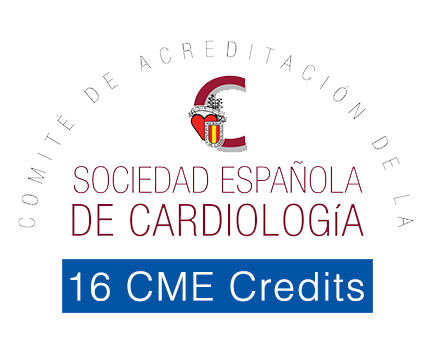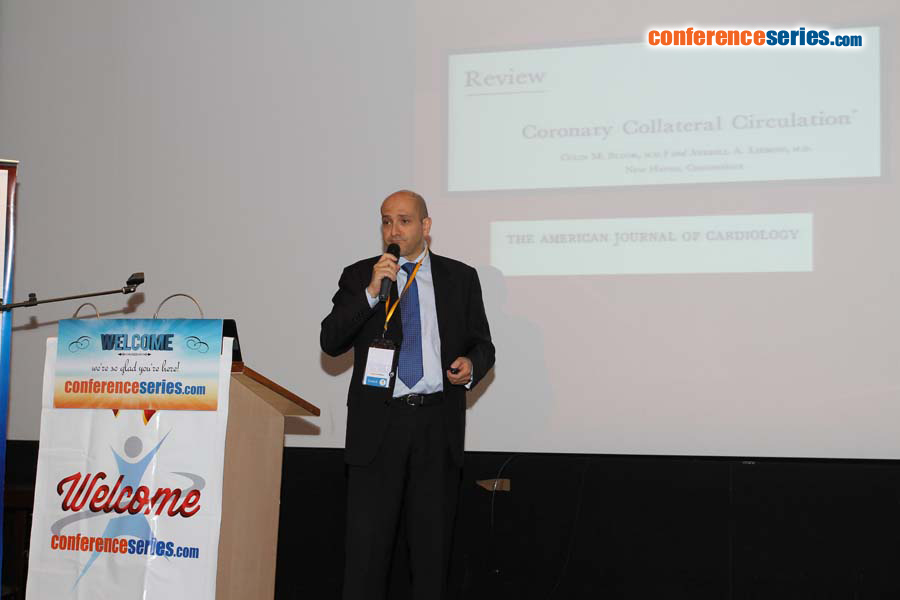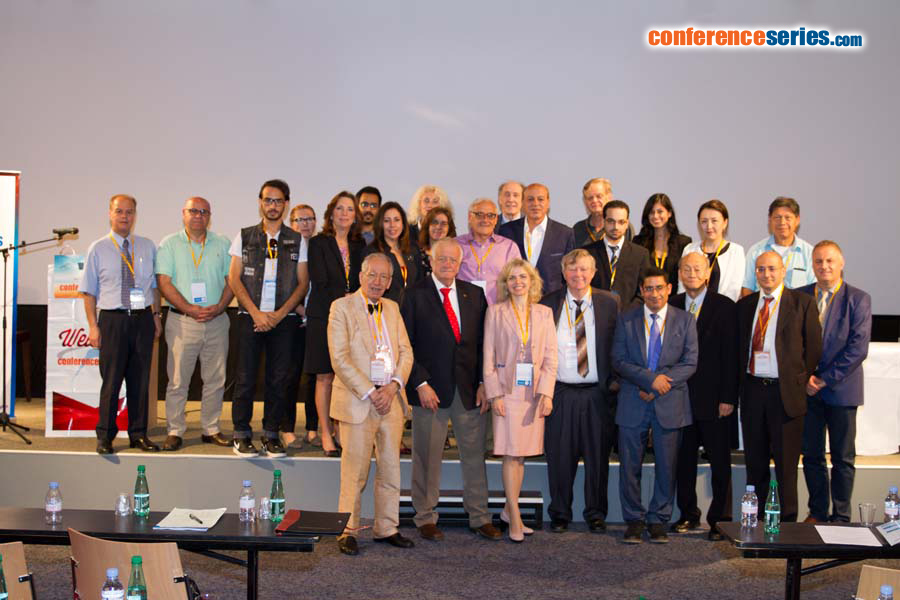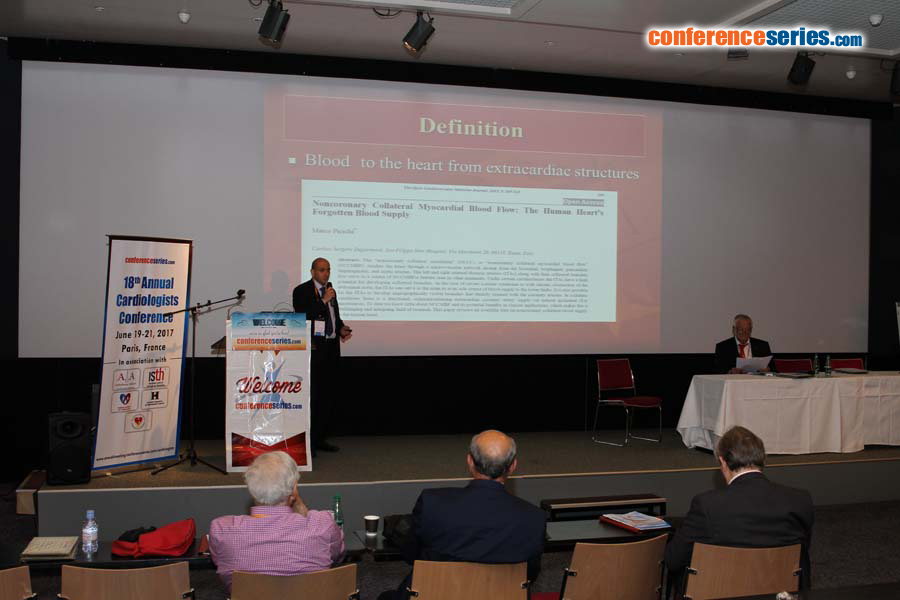
Marco Piciche
San Camillo-Forlanini Hospital, Italy
Title: The nature and enigma of the noncoronary collateral circulation
Biography
Biography: Marco Piciche
Abstract
Notwithstanding the fact that the coronary collateral circulation (CCC) is the only blood supply warranting ongoing attention, the human heart benefits from a small additional source of blood, called noncoronary collateral myocardial blood flow (NCCMBF) or noncoronary collateral circulation (NCCC). It consists of a small blood supply reaching the heart through a micro-vascular network arising from the bronchial, esophageal, pericardial and diaphragmatic arteries. These small channels enter the heart through the pericardial reflections surrounding the pulmonary and systemic veins, connecting with the vasa vasorum of the aorta and pulmonary artery. The left and right internal mammary arteries (ITAs), along with their collateral branches, are among these non-coronary sources. Under certain circumstances the ITAs have a high potential for developing collateral branches. In the case of severe Leriche syndrome or with chronic obstruction of the abdominal aorta, the ITAs can serve as the main or even sole source of blood supply to the lower limbs. Communication is also possible between the ITAs and the native coronary arteries. This has been demonstrated by angiography in living patients, both for right and left coronary artery disease. Postmortem angiography in patients with ischemic heart disease has demonstrated such connections in 12% of cadavers. The Vineberg operation of the 1940s was based on the plastic potential of the ITAs. It consisted of ITA implantation into the left ventricular wall, with development of an extensive collateral network visible at angiography even at very long-term follow-up. It has been recently demonstrated that in ischemic conditions there is a functional, ischemia-reducing extracardiac coronary artery supply via natural ipsilateral ITA anastomosis. Herein, the available data on the non-coronary blood supply to the human heart have been reviewed.
References:
- Picichè M. Noncoronary Collateral Myocardial Blood Flow: The Human Heart’sForgotten Blood Supply. The Open Cardiovascular Medicine Journal, 2015, 9, 105-113
- Picichè M, Kingma JG, Voisine P, Dagenais F, Fadel E. Angiogenesis and surgical or endovascular enhancement of noncoronary collateral circulation: A new research field. J Thorac Cardiovasc Surg 2010; 139 (6): 1675-6.
- Picichè M, Kingma JJ, Fadel E, Dagenais F, Mathieu P , Simard D, De Maria RG, Voisine P. Enhancement of noncoronary collateral blood flow from the internal thoracic arteries: the theoretical and practical basis of an alternative method of myocardial blood supply. J Cardiovasc Surg 2011; 52(1):127-31




